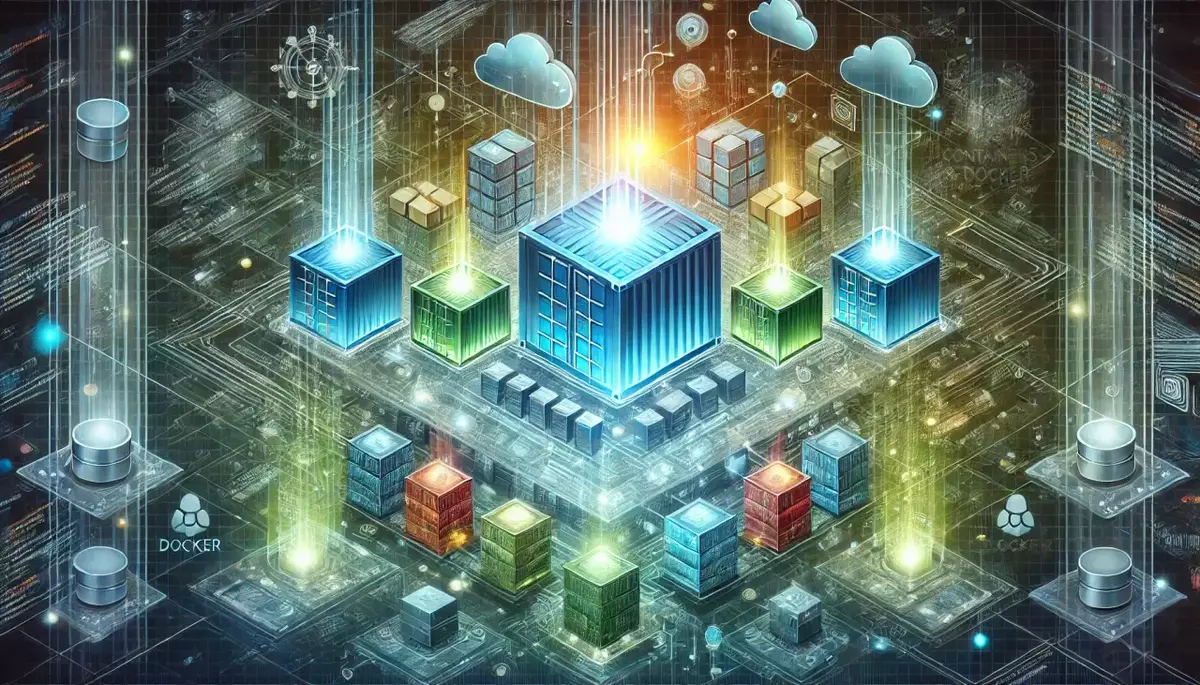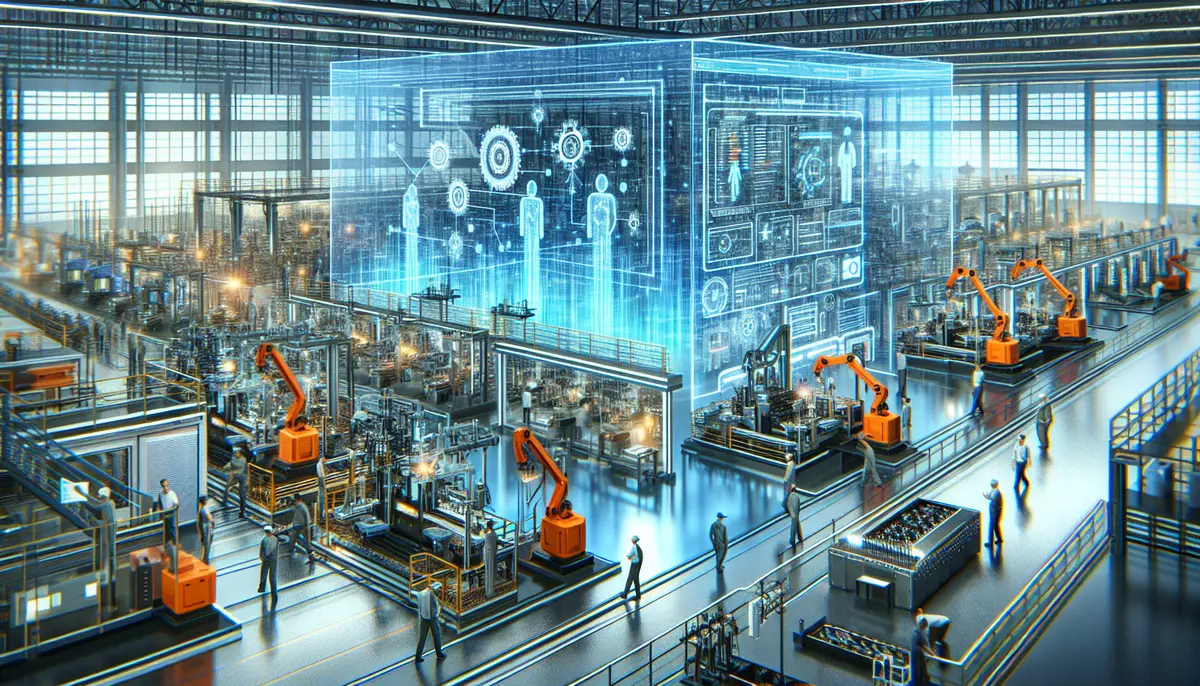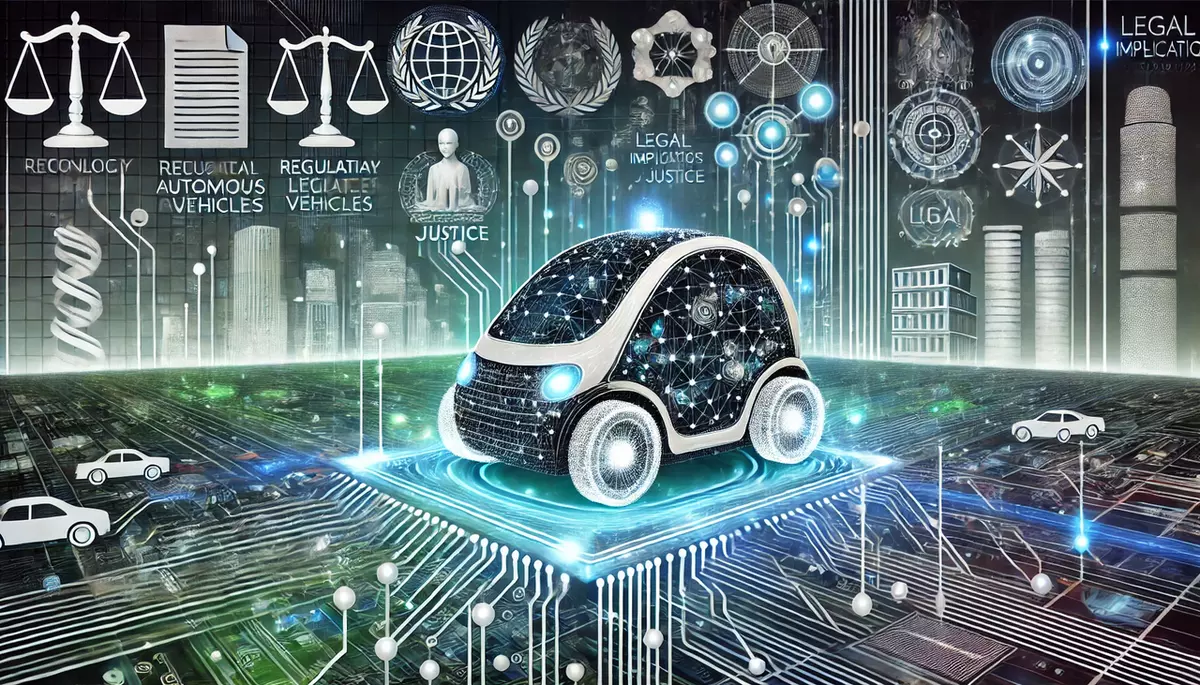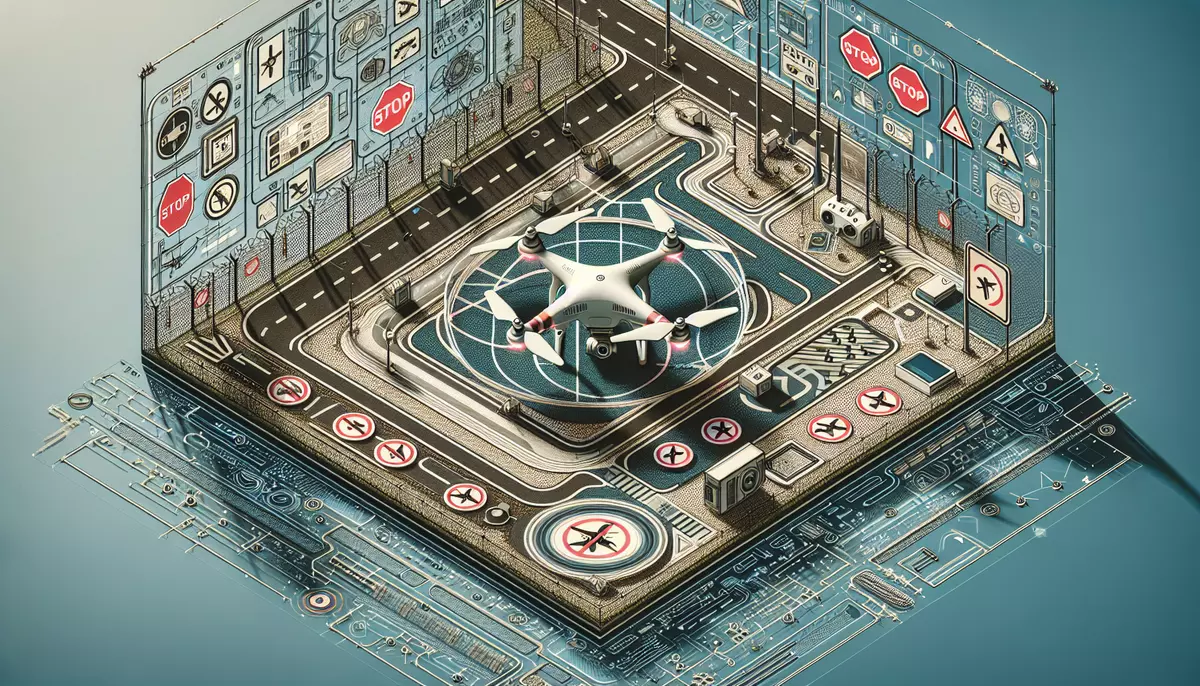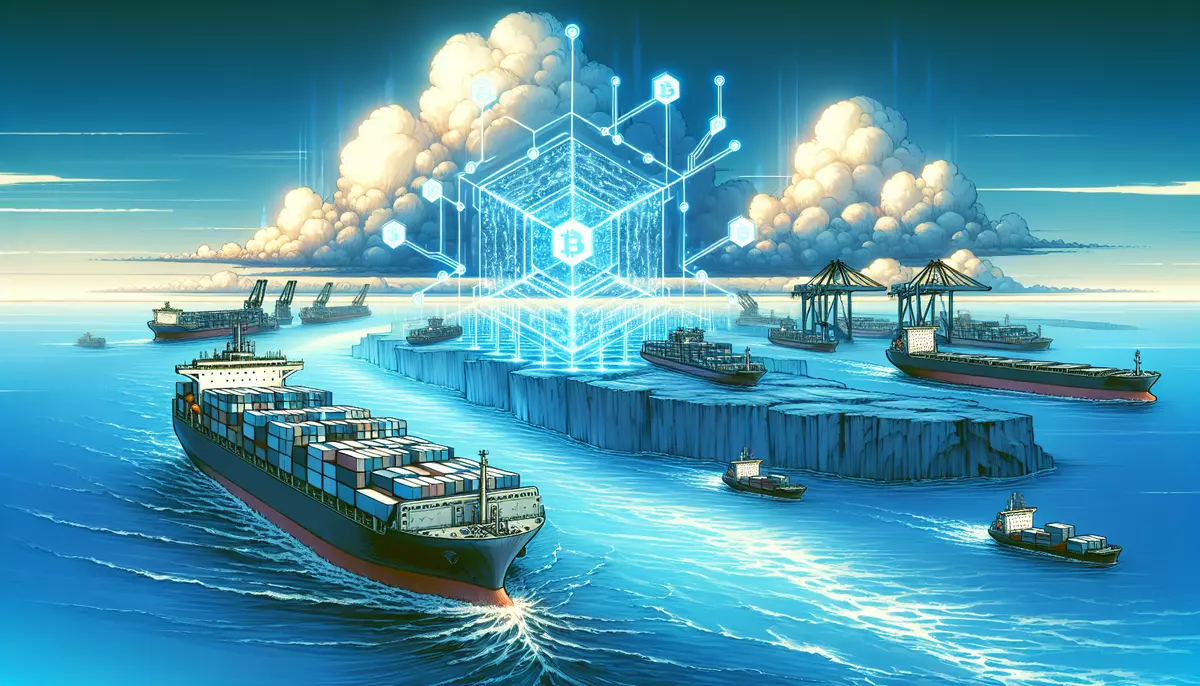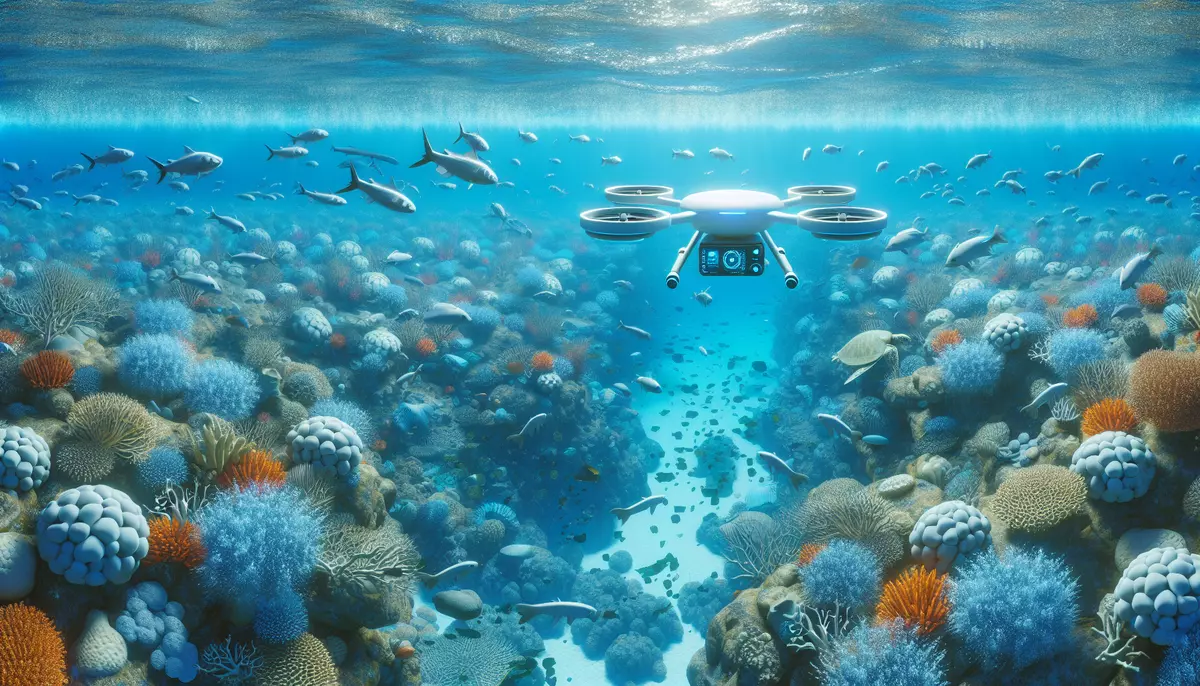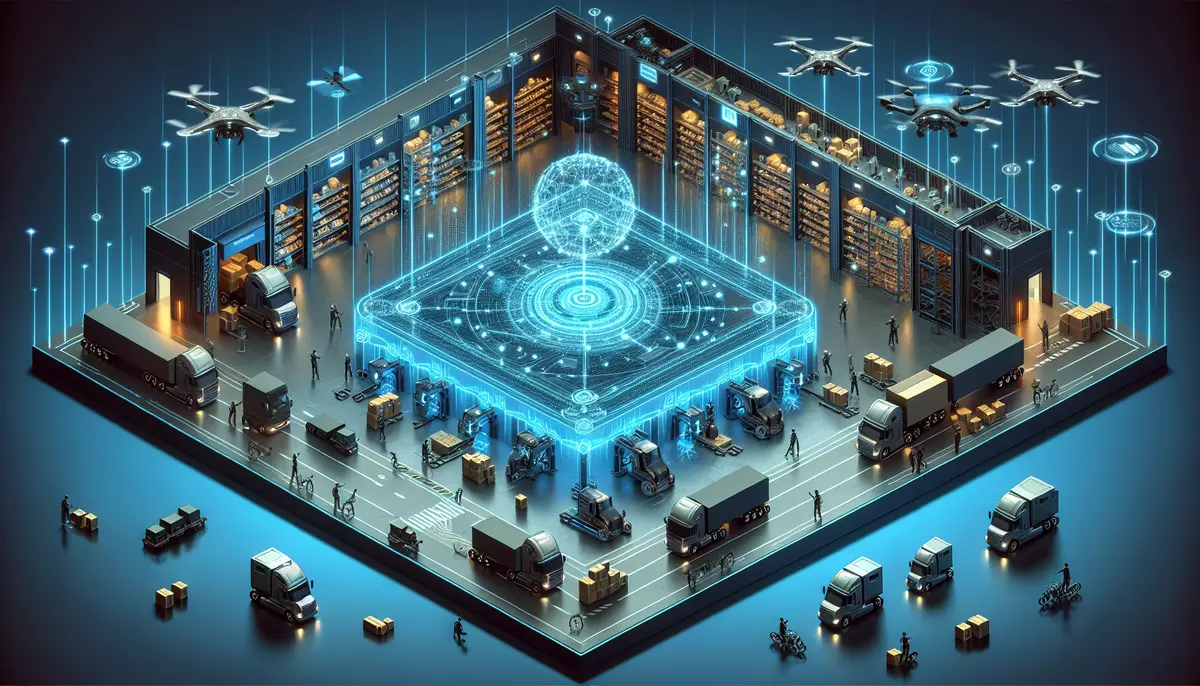Introduction
Containers and Docker have revolutionized the way software is developed, deployed, and managed. This knowledge article explores the fundamental concepts of containers, the rise of Docker as a leading container platform, and the benefits and applications of this transformative technology.
What are Containers?
Containers are a method of operating system virtualization that allows applications and their dependencies to be packaged into isolated, portable, and self-contained environments. Unlike traditional virtual machines, containers share the host operating system’s kernel, making them more lightweight and efficient.
Key Characteristics of Containers:
- Isolation: Containers encapsulate an application and its dependencies, ensuring consistent and reliable execution across different environments.
- Portability: Containers can be easily moved and deployed across different computing platforms, from development to production.
- Scalability: Containers can be quickly spun up or down to meet changing resource demands, enabling efficient resource utilization.
- Lightweight: Containers are more lightweight than virtual machines, as they share the host operating system’s kernel, reducing overhead and improving performance.
The Rise of Docker
Docker, launched in 2013, has emerged as the leading container platform, revolutionizing the way software is built, shipped, and run. Docker provides a comprehensive ecosystem of tools and services that simplify the creation, deployment, and management of containers.
Key Features of Docker:
- Docker Images: Docker images are the building blocks of containers, containing the application code, dependencies, and configuration.
- Docker Containers: Docker containers are instances of Docker images, running as isolated, self-contained environments.
- Docker Engine: The Docker Engine is the core runtime that manages the creation, execution, and networking of Docker containers.
- Docker Compose: Docker Compose is a tool for defining and running multi-container applications, simplifying the deployment of complex systems.
- Docker Hub: Docker Hub is a cloud-based registry service where users can share and collaborate on Docker images.
Benefits of Containers and Docker
Containers and Docker offer numerous benefits that have driven their widespread adoption in the software industry:
Improved Consistency and Reliability
Containers ensure that applications run consistently across different environments, eliminating the “it works on my machine” problem.
Increased Efficiency and Scalability
Containers are lightweight and can be quickly scaled up or down, enabling efficient resource utilization and dynamic scaling of applications.
Streamlined Development and Deployment
Docker simplifies the build, ship, and run lifecycle, allowing developers to focus on application development rather than infrastructure management.
Enhanced Portability
Containers can be easily moved and deployed across different computing platforms, from development to production, ensuring consistent behavior.
Improved Security
Containers provide a secure and isolated environment, limiting the attack surface and reducing the risk of security breaches.
Applications of Containers and Docker
Containers and Docker have a wide range of applications across various industries and use cases:
Microservices Architecture
Containers are well-suited for building and deploying microservices-based applications, enabling independent scaling and updates of individual components.
Cloud and Serverless Computing
Containers integrate seamlessly with cloud platforms and serverless computing environments, allowing for efficient resource utilization and scalability.
Continuous Integration and Deployment
Containers and Docker facilitate the implementation of continuous integration and continuous deployment (CI/CD) pipelines, streamlining the software delivery process.
Edge Computing and IoT
Containers can be deployed on edge devices, enabling the execution of applications closer to the data source and reducing latency in IoT and edge computing scenarios.
Challenges and Considerations
While containers and Docker offer numerous benefits, there are also some challenges and considerations to keep in mind:
Complexity Management
As the number of containers and microservices grows, managing the complexity of the overall system can become a challenge, requiring effective orchestration and monitoring tools.
Security Concerns
While containers provide a secure environment, there are still potential security risks, such as vulnerabilities in the container images or the underlying host system, that need to be addressed.
Data Persistence and Storage
Handling persistent data and storage in a containerized environment can be complex, requiring the integration of external storage solutions or the use of specialized container storage drivers.
Future Trends and Developments
The world of containers and Docker continues to evolve, with exciting developments on the horizon:
Kubernetes and Container Orchestration
Kubernetes, an open-source container orchestration platform, is gaining widespread adoption and becoming the de facto standard for managing and scaling containerized applications.
Serverless Containers
The convergence of containers and serverless computing is leading to the emergence of “serverless containers,” which combine the benefits of containers with the scalability and ease of use of serverless functions.
Advancements in Container Security
Ongoing efforts to enhance container security, including improved image scanning, runtime protection, and secure supply chain management, are crucial for the continued adoption of containers in mission-critical applications.
Conclusion
Containers and Docker have revolutionized the software industry, enabling a new era of consistent, portable, and scalable application deployment. As this technology continues to evolve, it will play an increasingly important role in the way software is built, shipped, and run, transforming the landscape of modern computing.
This knowledge base article is provided by Fabled Sky Research, a company dedicated to exploring and disseminating information on cutting-edge technologies. For more information, please visit our website at https://fabledsky.com/.
References
- Mouat, Adrian. “Using Docker: Developing and Deploying Software with Containers.” O’Reilly Media, 2015.
- Burns, Brendan, et al. “Borg, Omega, and Kubernetes.” Communications of the ACM, vol. 59, no. 5, 2016, pp. 50–57.
- Merkel, Dirk. “Docker: Lightweight Linux Containers for Consistent Development and Deployment.” Linux Journal, vol. 2014, no. 239, 2014.
- Bernstein, David. “Containers and Cloud: From LXC to Docker to Kubernetes.” IEEE Cloud Computing, vol. 1, no. 3, 2014, pp. 81–84.
- Felter, Wes, et al. “An Updated Performance Comparison of Virtual Machines and Linux Containers.” IBM Research Report RC25482 (AUS1407-001), 2014.

